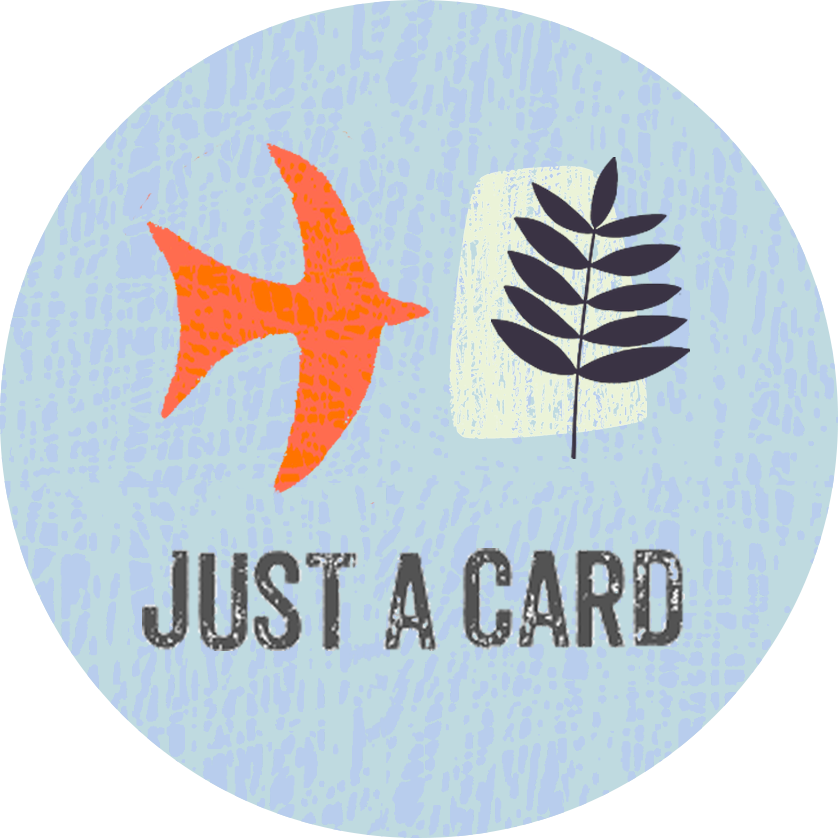How To Add Personality Into Your Marketing When You Don't Feel Comfortable Doing It
By Kayte Ferris
Injecting their personality into their brand is a conversation I seem to have over and over again with my coaching clients – should they do it, do they want to do it, and how to do it. It’s a tricky balance: most of us are pretty introverted so the idea of baring ourselves, of having us at the centre of our business and plastered across our channels can be pretty daunting. Yet we all know, consciously or not, that personal brands attract like-minded people, and our personality and vulnerability is what will set us apart.
The most important thing is that you integrate your personality in a way that’s sustainable and comfortable for you – because if you feel uncomfortable, you’re just never going to do it, and it will hang like a guilty weight around your neck.
So here are a few tips for you gleaned from conversations with clients, what works for them and what works for me to help you gain some confidence in putting yourself out there more.
Build the wall
The first thing I say to clients struggling with sharing themselves online is to build a wall between themselves and their online selves. In all aspects of our life we are different versions of ourselves – we are not the same in the office, with our parents, with our friends. But for some reason, perhaps because we see a lot of souls bared on social media, there seems to be this perception that we need to be our whole selves online.
The person I am online is not the full picture – it’s authentic, it’s honest, but it’s not everything. When I show up online I’m going to work, so I skip over the wall I’ve built and slip into my work persona. So keep some things back.
Ease yourself in
Once you’ve set your boundaries, start by just dipping a toe. Again, it doesn’t have to be all or nothing. People seem to think they have to start with posting their face to their grid or talking to camera in Stories, and of course neither of those things happen straight away, you have to ease yourself in. Start by talking in Stories, but have the camera pointed at your hands making or a beautiful view – after a few weeks you get used to your alien voice and build your confidence to turn the camera round. Take photos of your hands, or get creative with angles to introduce yourself to the grid (#fridayfacelessportrait will have some great inspiration for this).
Talk the way you talk
And when I say talk, I mean type as well. I meet people who are hilariously witty in person but clam up when the come to write an Instagram caption. Because we’re using social media for business we feel like there’s a way we should be talking. We slide into formal, stilted language because that’s how we’ve always been told to be professional, but it just doesn’t feel like you. And I’m not just talking about social media here – your website, sales pages, product descriptions can be in your tone of voice too.
Your tone of voice is one of the most effective ways to bring more of you into your brand, and it’s one of the least scary too. This is your permission to talk like yourself online. If you’re not sure how to translate that, try recording yourself talking – note the intonation, the language you use. Transcribe your recordings to get used to writing the way you speak and train your brain.
What’s helpful?
Think about what’s helpful and valuable to others, especially if it will help them to make a purchasing decision. What in your experience and life can be valuable to your audience? Maybe you came up with the idea for your product because there was something missing in your life that may be missing in theirs. Perhaps you’re a few steps ahead of your audience and can use your experience to shorten their learning curves.
People buy from people, and particularly people that resonate with them. By showing some of your personality, and presenting it in a helpful way, you are building trust with your audience, both because they know that you’re real, and because you’re someone just like them.
Be clear about who this is for
Something that often holds us back from sharing ourselves online is what ‘people’ might think. ‘People’ might be just the homogenous, faceless mass of the internet, or it might be your brother-in-law. Either way, fear of what people think is a very real struggle to get over.
When it’s the homogenous mass that is scaring you, you need to get really clear on your audience and post just for them. All the faceless people aren’t your people; in fact, they’re unlikely ever to see that vulnerable first talking to camera Story. When you focus in on the people who are like you, get you and love what you do, you realise that you’re talking to a room (or app) full of people cheering you on, ultimately a much less scary place to be.
When it comes to those specific people that follow you that make you feel self-conscious, there are some hard decisions to make. Ultimately, this is a question of what’s more important to you: making this business work or saving yourself from a 30 second awkward conversation at the annual BBQ. I’m not trying to belittle how distracting and oppressive it can feel when you have people in your real life who don’t understand what you do, but I’m trying to inspire you to make the necessary change.
Ask them kindly to unfollow you, or block them temporarily if you’re going to do a Live you don’t want them to see. Explain as gently or forcefully as necessary that you appreciate them, but they’re not your target audience so might not like what you’re putting out as much. Above all, focus on who that target customer is and engage with the people who do get it – it will only take a couple of conversations with people who have been touched by the vulnerability you’ve shown for you to see how important and affirming it is.






